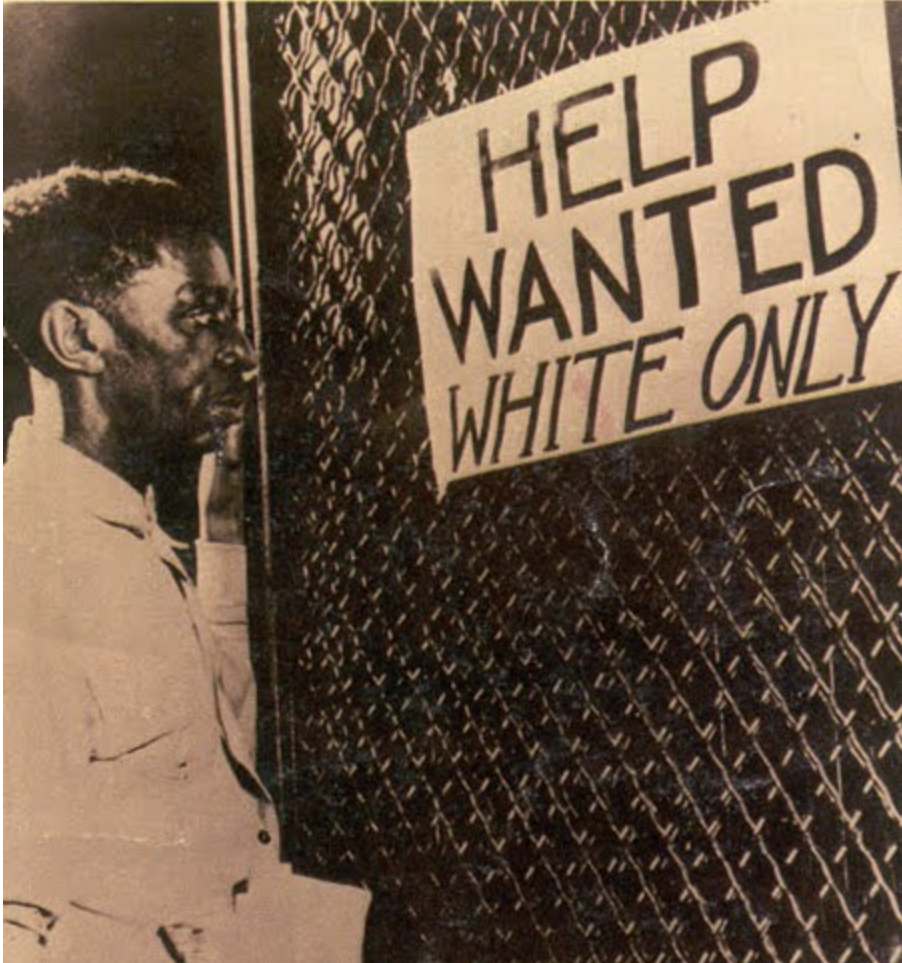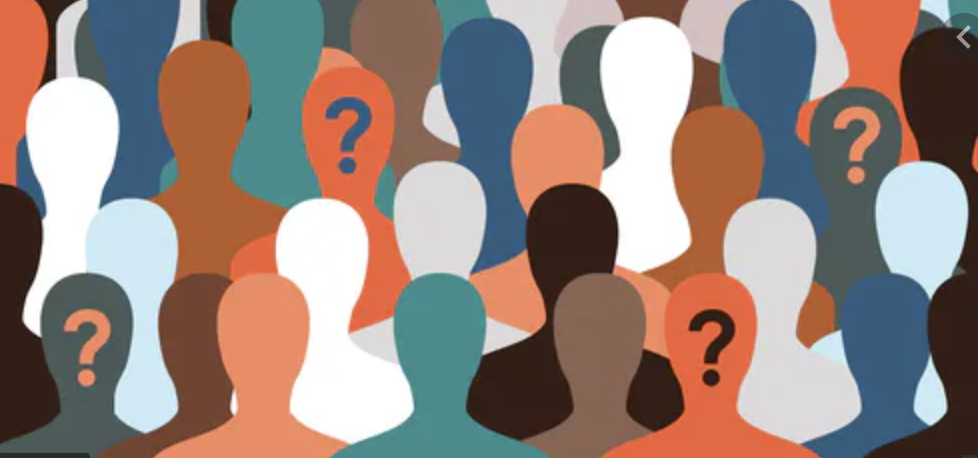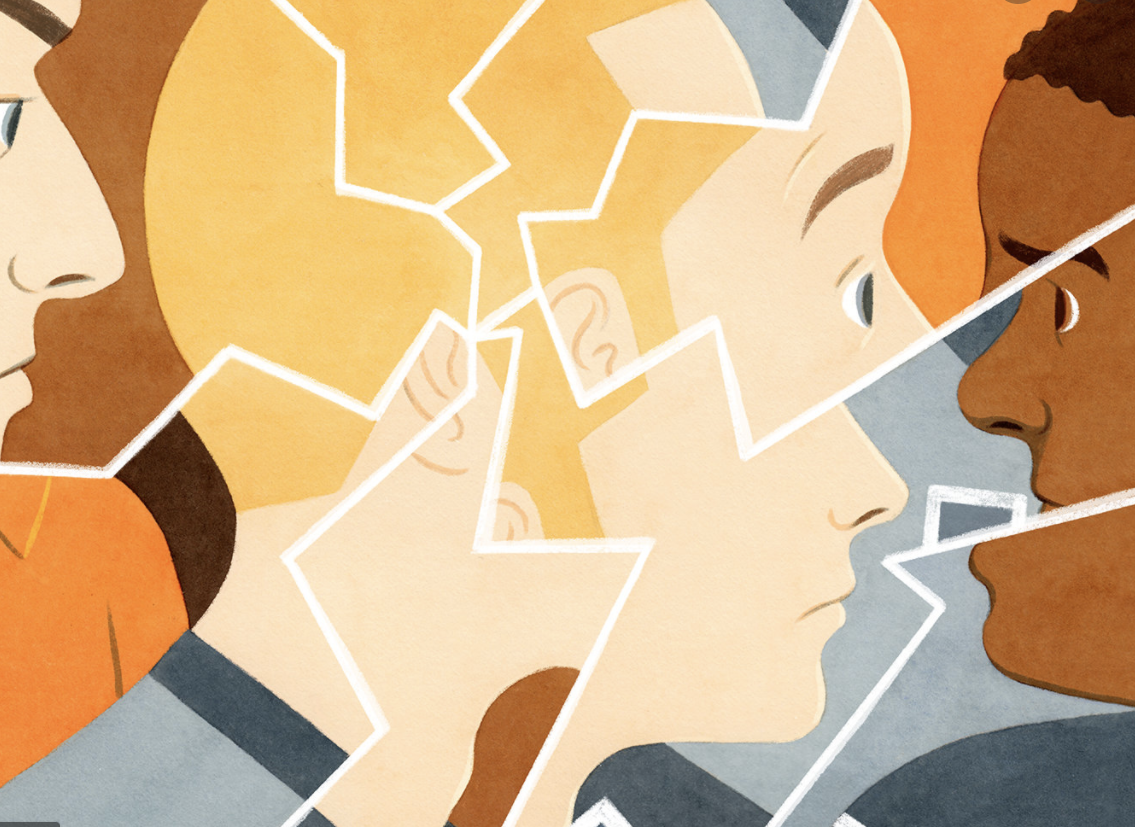By Nabilah Hassan

The year is 2020 and we find ourselves grappling with two pandemics: COVID-19 and Racism. However, we’ve been dealing with the latter for a far longer time. Racism is a psychological phenomenon that we’ve co-existed with for centuries. It isn’t something we’re inherently born with, rather a system we’ve been inculcated with to the point where we almost constantly turn a blind eye to it in our daily lives.
If racism is learned, then we, as a society have the capability and responsibility to unlearn it.
Racism is believed to be an evolutionary phenomenon to help us work in groups; to help our brain identify an “us” from a “them”. Kubota et al’s study investigated the regions of the brain that processed the social categories of race and different ethnicities. They mainly focused on white and black races, with primary research done on the amygdala, which is the part of the brain involved in fear conditioning. While there were no significant differences, they found that people were more comfortable with those who looked like them, rather than those who looked different. Nevertheless, racism runs deeper than just the colour of our skin.
To combat racism, it’s essential that we take a closer look at the different dimensions of racism as a whole and see its effects on different groups of people throughout history, so that we may be able to formulate an appropriate and profound response to it in this modern day and age.
All in all, there are four main dimensions of racism: historical, structural, institutional and individual.
1. Historical

Historical racism mainly stems from the domination and conquering of certain groups of people. These “racialized” groups still have to deal with the consequences to date.
Between the 1500s and 1800s, over 12 million Africans were captured and brought to America through the transatlantic slave trade. Even though Abraham Lincoln issued the Emancipation Proclamation in 1863, which was meant to signal the end of slavery within the United States, that wasn’t the end of oppression for thousands of African Americans, because soon after came the rise of white supremacy and the Jim Crow laws which resulted in racial segregation, which falls under systemic racism.
The ramifications of such atrocities are still dealt with, for even in the 21st century, African Americans are still racialised and discriminated against. As Godfried Agyeman Asante said in his thesis, “I never felt black until I came to the United States.”
The recent murder of George Floyd caused a global uproar and reignited the “Black Lives Matter” movement. As one protestor puts it, “We’re all fighting for the same thing we were fighting for back in the 60s”, which makes one wonder whether things truly have been able to progress as so many in power would claim.
2. Structural

Structural racism is when a system has policies, institutions and cultures that benefit a certain racial group over others. This perpetuates racial group inequity. This is the reason why people privileged with “whiteness” and people of colour are often at a disadvantage. This results in people of colour to have less access to quality education, decent jobs and liveable wages, which can result in a vicious cycle. Those lacking access to such essential services may turn to a life of crime or substance abuse to cope, which only further propagates the problem as this can lead to prisons and detention centres becoming overpopulated and even slimmer opportunities once they are able to leave, allowing the cycle to repeat itself once again.
3. Institutional

Institutional or systemic racism mainly refers to the racial bias of individuals due to structural racism – which includes certain laws and regulations. It focuses on the idea of white supremacy in social and political institutions. The most obvious example of institutional racism is Apartheid. This was a policy set in place to racially segregate black and white people in South Africa.
In this video, Peggy McIntosh, an anti-racism activist famously explains systemic racism with her “invisible knapsack” quiz which takes a look at white privilege. Joaquin Phoenix also famously called out systemic racism in the film industry in his acceptance speech at the 2020 BAFTA awards, he said:
“I think that we send a very clear message to people of colour that you’re not welcome here. I think that’s the message that we’re sending to people that have contributed so much to our medium and our industry and in ways that we benefit from. I think it’s more than just having sets that are multicultural. We have to do really the hard work to truly understand systemic racism.”
4. Individual

Individual racism is the dimension that most of us understand racism to be because it’s the most visible. It consists of everyday behaviours and conversations that individuals showcase to be “racist”. These include:
- Microaggressions: The psychologist Derald W. Sue defines the term as: “The everyday slights, indignities, put-downs and insults that people of colour, women, LGBT populations or those who are marginalized experiences in their day-to-day interactions with people.” These include “the N-word”, “the P-word” and “the C-word”.
- Racial Discrimination: involves treating a person differently because they come from a certain ethnic group.
***
Learning about racism and its history isn’t enough. It’s up to us to ensure that we don’t let history repeat itself. We need to make changes to our everyday lives and recognise our own racist behaviours and rectify them. It starts with us.
Have that difficult conversation with your grandparents back home, explain to them why it isn’t appropriate to use that racial slur. Talk to your parents about it. Teach your kids, your younger siblings about racism. Read books on racism, if not books, watch documentaries on Netflix – there are hundreds of them. Stop your friends from using the N-word if you catch them. We have to make a conscious effort and constant decisions if we want to see change.
It’s our duty to constantly read up on the subject matter, as we can’t just discontinue learning about it merely because it isn’t trending on social media any more.
We need to go out of our way to support businesses owned by people of colour, as well as support them in the music, film and food industry. We have to challenge ourselves, our friends and family to view things differently. Only then will we be a step closer to an ideal world without racism.



